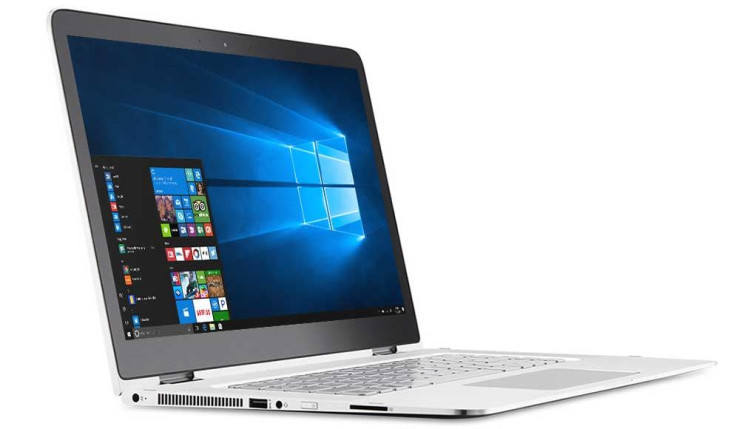Microsoft to disable SMB1 on all future Windows versions post WannaCry havoc
WannaCry attacks were largely based on SMB1 exploits.

Microsoft has declared that the next major Windows 10 update dubbed Redstone 3, will not have SMB1 protocol. The WannaCry attacks that took down thousands of systems across the world was largely based on SMB1 exploits that were leaked by Shadow Brokers.
SMB1 is a file sharing protocol that Microsoft developed in the early 90s which the company has been working to detach for a while now. In fact, Microsoft has already disabled SMB1 for internal builds of Windows 10 Enterprise and Windows Server 2016 which are currently under beta testing.
"It started five years ago. We made the decision public in 2014, without setting specific dates and OSes until later," Ned Pyle, Principal Program Manager in the Microsoft Windows Server High Availability and Storage group, told Bleeping Computer about the removal of the protocol.
The company is still in the early stages of chalking out a plan for removal of the protocol and exact details are not known yet. All that is known for now is that the Windows 10 Redstone 3 is expected to release sometime in October/November 2017 post which every new Windows 10 or Windows Server 2016 OS will not have SMB1 turned on.
It is not known whether Microsoft will roll out manual patches for older versions of Windows to disable the SMB1 protocol or they will have to continue with it. If users upgrade to WIndows 10, they will have not have SMB1 turned on as automatic upgrades would disable the protocol.
"SMB1 brings no special value except ubiquity – SMB2 can do what SMB1 can, plus many other things," says Pyle on the ageing protocol.
The company recommends that all Windows users run SMB 3.1.1 as a minimum precaution, as it is the most secure and has the most functionality.
© Copyright IBTimes 2025. All rights reserved.





















